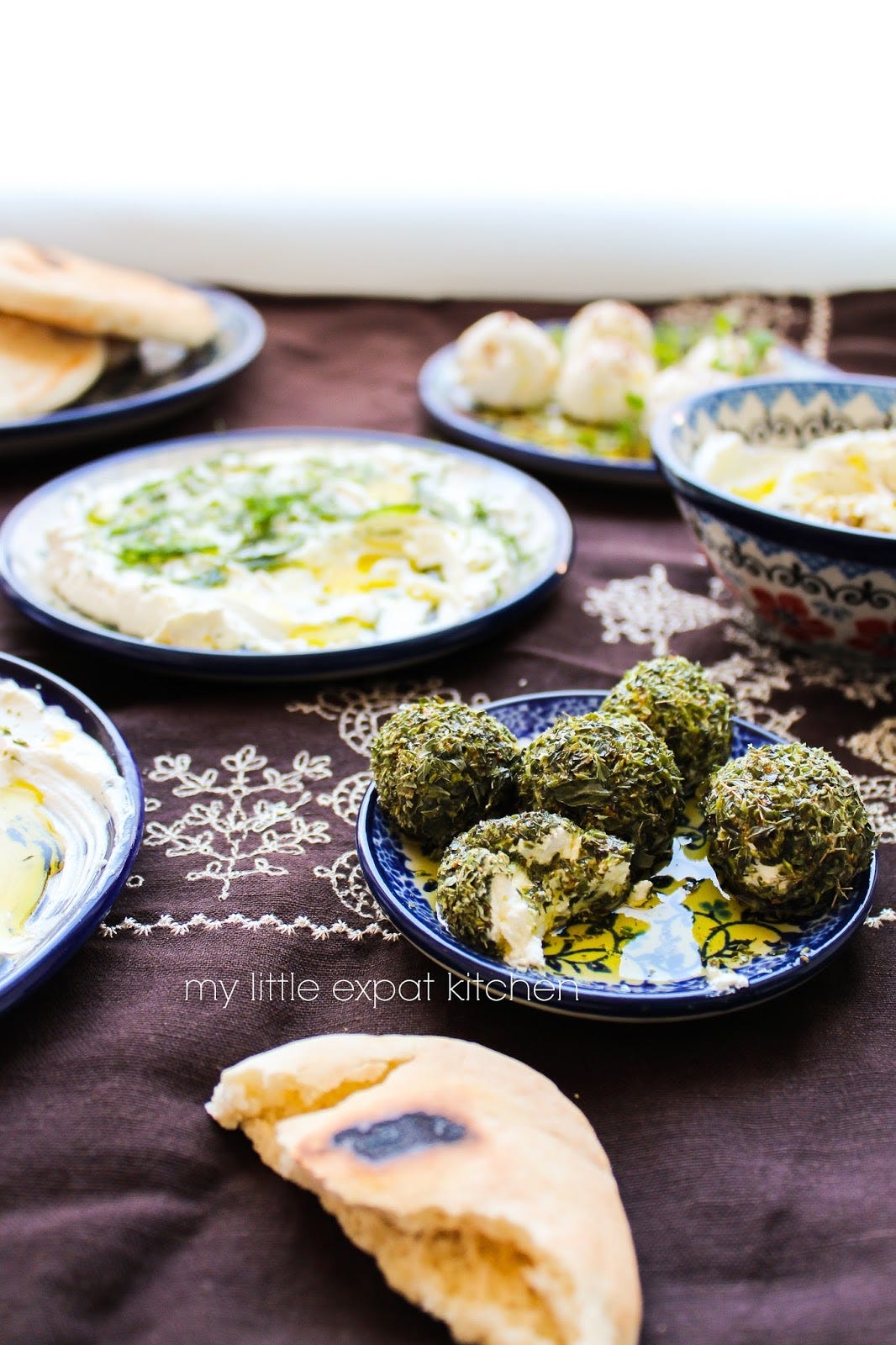Published originally on my blog on 13 February 2017
A couple of weeks ago, I made feta. Feta! Can you believe it? I couldn’t. I never thought it was possible to make feta at home and that was one of the few times I was happy to be wrong. For a feta-fiend like me, this was perhaps my greatest accomplishment in the kitchen.
Granted, I didn’t go all the way, meaning that I didn’t put the feta in brine for at least two weeks to mature and develop its characteristic tangy and salty flavor so, technically, it wasn’t feta, but the promise of feta was there and I can’t wait to give it another try. I will need to do some more research first on the brining part so I don’t mess it up and hopefully I will eventually be able to share with you too the results of my feta adventures along with the recipe.
In the meantime, let’s talk about a different cheese, let’s talk about labneh, or yoghurt cheese as some call it. It’s one of the easiest and most stress-free cheeses one can make, even easier than the chèvre I’ve shared with you previously on this blog, and it’s utterly satisfying and delicious to eat.
Labneh is a fresh cheese made from strained yoghurt and it couldn’t be simpler to make. You just take strained yoghurt and you strain it some more until you get a thick and rich consistency like cream cheese. That’s it. You can add salt if you’re going to use it in savory dishes, or sugar if you plan on using it for desserts, or you can serve it as is instead of yoghurt or cream cheese.
It has a rounded, creamy flavor and it is tangier than cream cheese since it is made entirely with yoghurt, but because the yoghurt used is full-fat, the butterfat softens that tanginess.
I strain the yoghurt for no less than 24 hours in order to get the labneh consistency I want, which is thick and firm enough to be able to form it into small balls that hold together well, but at the same time soft enough to be spreadable, ultra smooth and creamy.
I make it fairly often as I am a complete and utter cheese and yoghurt addict, and I do lots of variations when I serve it, which is mainly with bread, flatbread or crackers of any kind. As you can see here, I top it with grated tomato and Greek wild dried oregano, with garlic, sliced fresh green chillies, garlic and dill, with za’atar, rolled into balls and covered completely with Greek wild dried oregano or sprinkled with sumac and fresh marjoram and of course drizzled with lots of olive oil.
Hope you give it a try and would love to know how you liked it.











